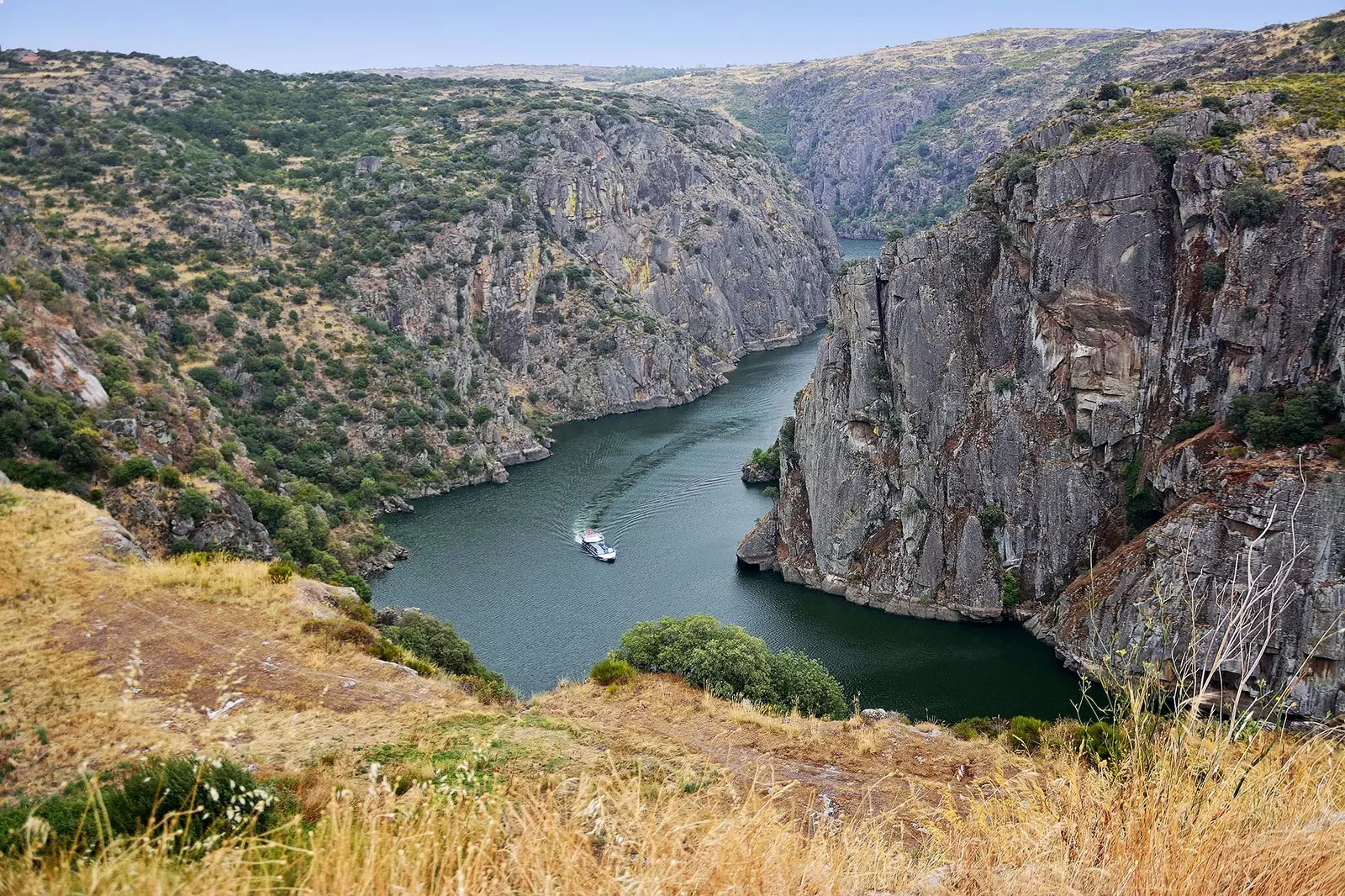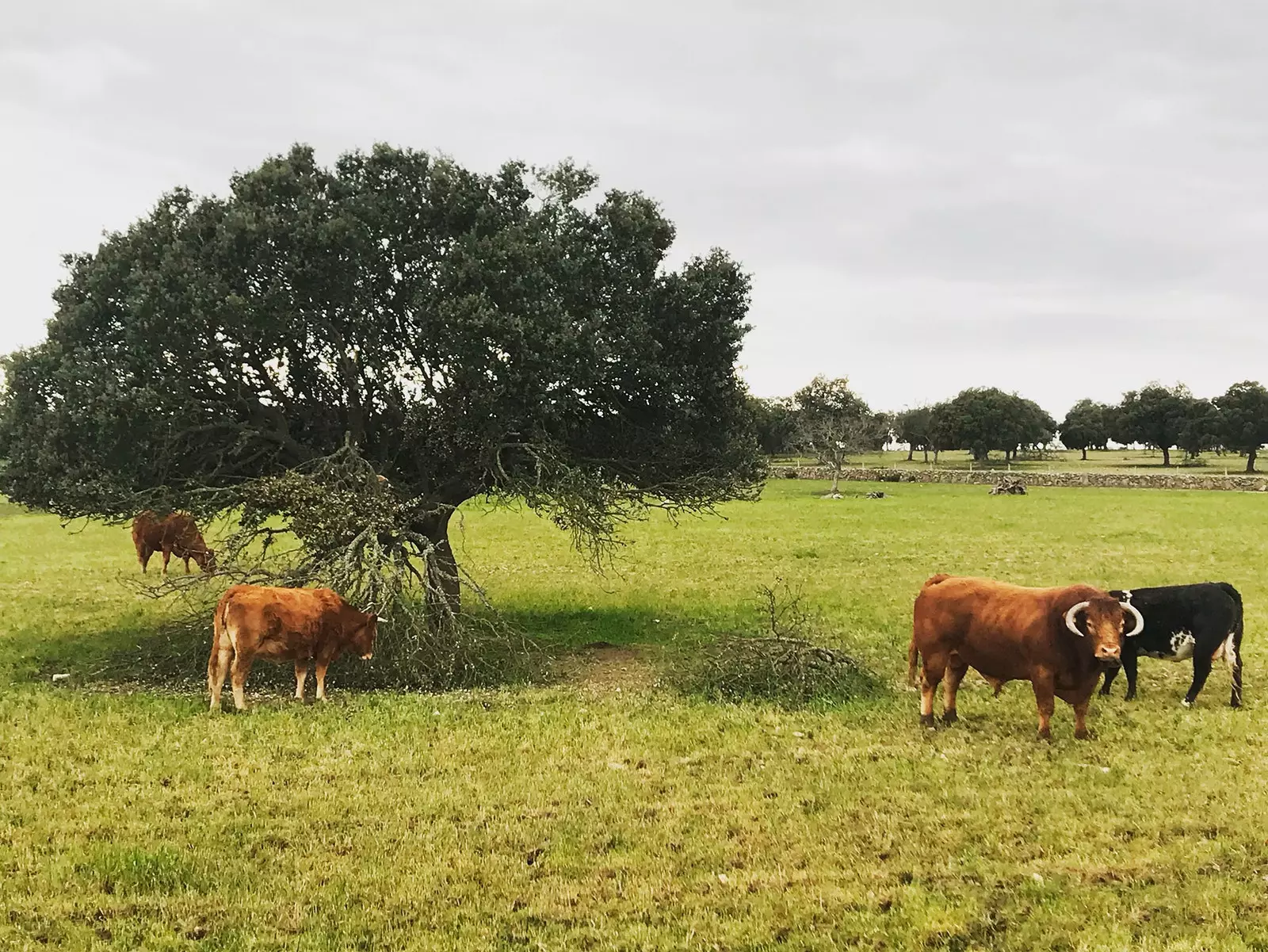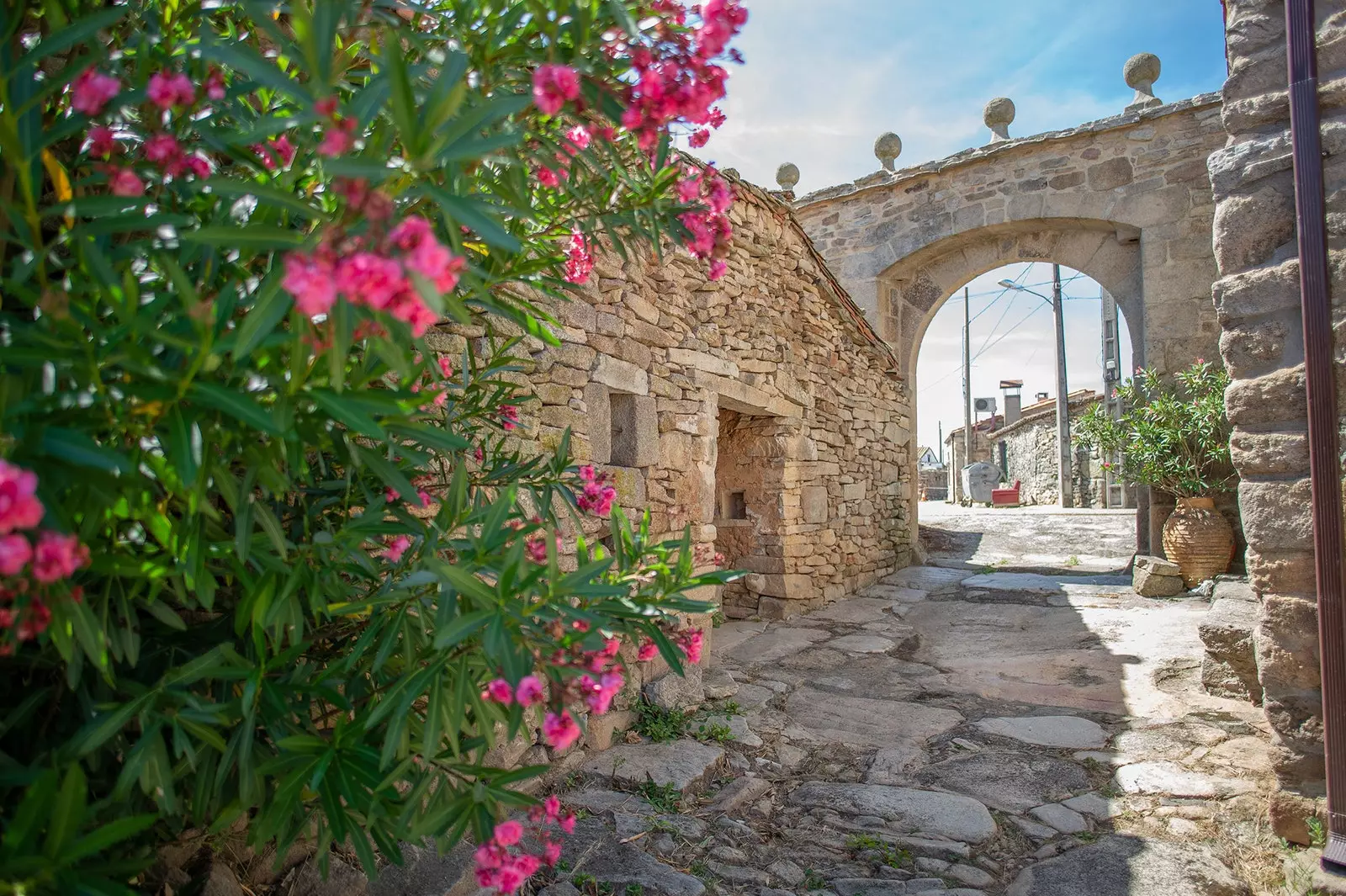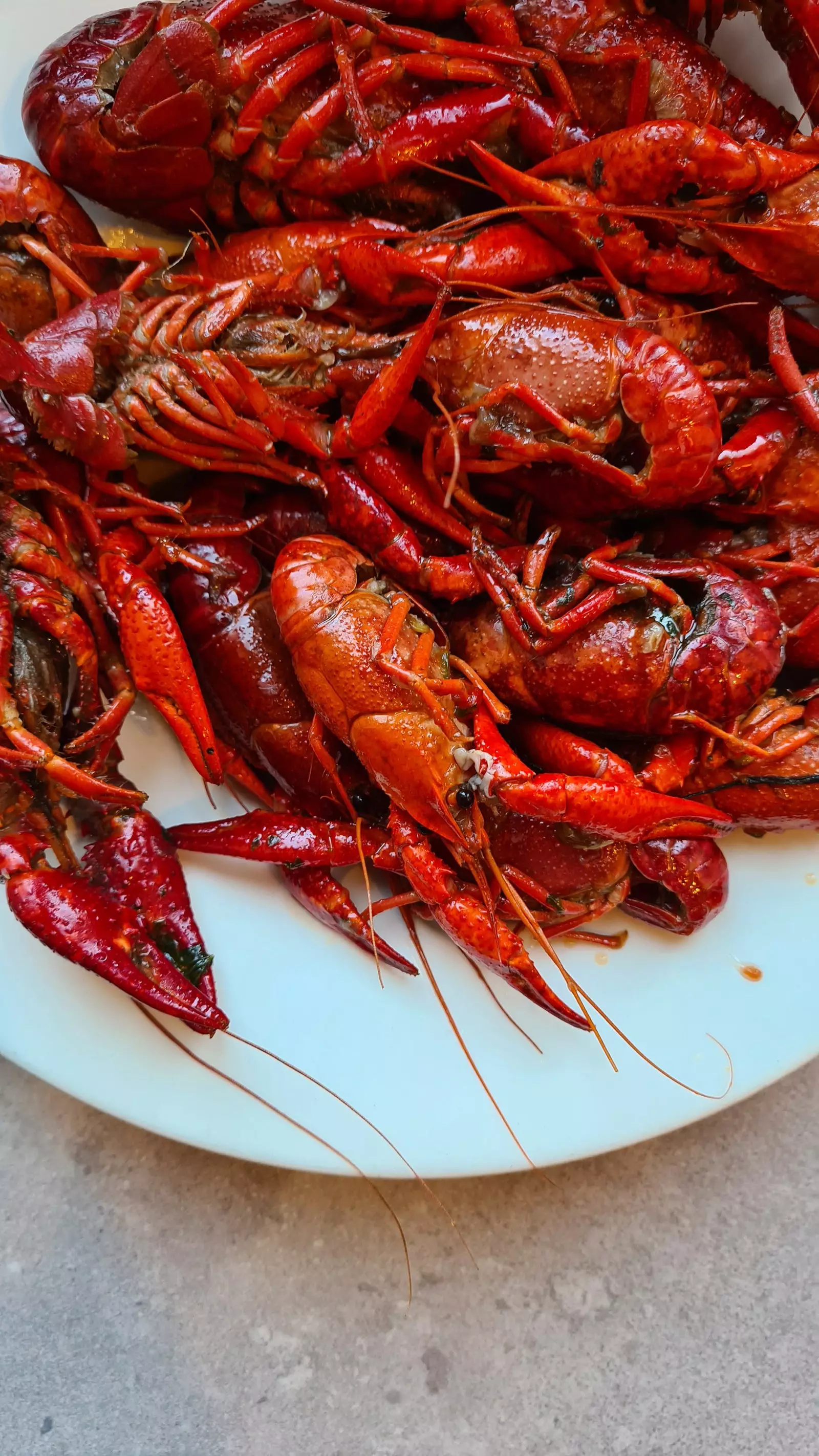
The Arribes through which the Duero winds offer a unique landscape
There is no one who is not surprised when, suddenly, after crossing the Zamora plains, that steppe plateau that Cuadrado Lomas painted with a stern stroke, almost with a bevel, the landscape begins to give compliments. Very green pastures, granite berrocals -called here "bolones" or "berruecos"-, streams and groves give life to small villages with their characteristic dry stone architecture that all seem to be the end of the world. No, but almost.
The cleft of the Duero between steep cliffs cuts off any attempt to advance except at the border crossings that welcome Portugal. Because the arrivals They may seem like the end of the world... but they are only the end of Spain. *Also from the Duero before asking to be called Douro.

There is no one who is not surprised when, suddenly, after crossing the plains of Zamora, the landscape begins to give compliments
Of all the possible routes we choose one that starts at the ZA-324, to the north of this natural park along which the great river and its tributaries run for more than 120 km, just where the Esla joins the Duero and, just after crossing the Salto de Villalcampo, the Abelón waterfalls –so secret that you doubt whether to share geolocation–, They give a capital show in spring.
From here we come to torregamones, that conserves a few chiviteros (cabins that protected cattle from predators), in addition to the remains of the New Fort of Bozón, defensive wall of the s. XVII.
After this stop and another obligatory one in the small Gamons, just one kilometer away buy honey from Nazario and ceramics from Nuria -Who left Madrid and created her workshop here, Numa- turn left along the ZA-P-222 road, more tertiary than secondary, winding and with the occasional pothole, and let yourself go. A badilla, with its fountains and mills. A Cozcurrita, barely a dozen neighbors and already with its own festival, the Cozcurrita Sound Fest. A Fariza, whose La Faya cheeses – ecological and artisans for more than thirty years – will make you wonder why no one had told you about them before. A formariz, where José Manuel Beneitez will give you a try the wines from his cellar El Hato and El Garabato, of grapes as 'rare' as the Puesta en Cruz, the Bastardo and the Doña Blanca, and Luis Fernando and David will do the same with their olive oil, The Gift of Atenea, a phenomenal start to undertake the Arribes Wine Route, which has 43 associates and reaches the part of Salamanca.

Formariz Street
In fact we are following this route, only with a goal, for the moment, in Fermoselle. And it's still missing. We are missing the Jams Oh Elderberry that Teresa elaborates in Fornillos of Fermoselle, where she teaches cooking and yoga courses. We lack see the Douro, that at this point almost joins the Tormes and together they give life to the almond reservoir, immense 'sea'. And we lack, now yes, Fermoselle, a beautiful town with streets nestled between faults and rocks . From here, other winemakers like Thyge Benned and Charlotte Allen They are putting this almost Mediterranean area on the map where orange, olive, rockrose and almond trees slip until they reach the Duero. And to the Douro.

River crabs, very typical in the area
***This report was published in *number 144 of Condé Nast Traveler Magazine (Spring 2021) . Subscribe to the printed edition (€18.00, annual subscription, by calling 902 53 55 57 or from our website). The April issue of Condé Nast Traveler is available in its digital version to enjoy on your preferred device
